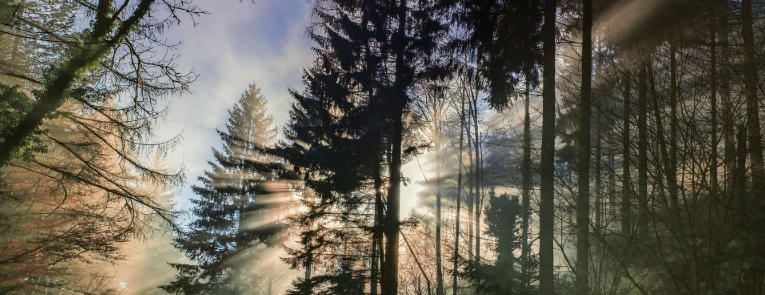Understanding Norway’s Forests
Norway’s forests are more than just a backdrop for stunning landscapes; they play a crucial role in the country’s ecology and economy. Understanding these rich environments can deepen your appreciation for nature and enhance your outdoor experiences. From unique wildlife to sustainable harvesting practices, Norway’s forests are a treasure trove of information worth exploring.
The Ecology of Norwegian Forests
Norway’s forests cover approximately 37% of the country, making them one of the most significant ecosystems in the region. Predominantly made up of coniferous trees like spruce and pine, these woods also boast a variety of deciduous species such as birch and oak. The complex ecosystem supports diverse wildlife, including moose, deer, and a wide array of birds. Forests serve as vital habitats, offering food and shelter while contributing to carbon sequestration efforts that combat climate change. The balance of biodiversity within these forests is essential for maintaining ecological health and stability.
The Cultural Significance
Norwegian forests hold deep cultural and historical significance for the people of Norway. Traditionally, these woods have provided essential resources, including wood for construction, food, and medicinal plants. The forests are also woven into Norwegian folklore, featuring prominently in stories and myths passed down through generations. Recreationally, they attract both locals and tourists for activities such as hiking, skiing, and berry-picking, fostering a shared appreciation for the natural world. Understanding this cultural connection can enrich your experience when visiting, as you engage with the land’s history and significance.
Sustainable Forest Management
Sustainability is at the forefront of Norway’s forestry practices. The country emphasizes responsible forest management, balancing timber production with conservation. Through reforestation and careful planning, Norway aims to maintain its forest health while meeting economic needs. Many forests are certified under international standards, ensuring that logging practices are environmentally sound and socially responsible. By learning about these practices, visitors and locals alike can appreciate the efforts made to preserve Norway’s natural heritage while benefiting from its resources.
In conclusion, Norway’s forests are a vital part of the country’s identity, ecology, and culture. Understanding their significance enhances our appreciation of nature and promotes responsible interaction with these vital ecosystems. If you’re intrigued, consider exploring these wonderful woodlands for yourself, whether through hiking, guided tours, or simply enjoying the serene beauty they offer. Engaging with Norway’s forests can lead to a deeper connection with the environment, ensuring these treasures are preserved for generations to come.

